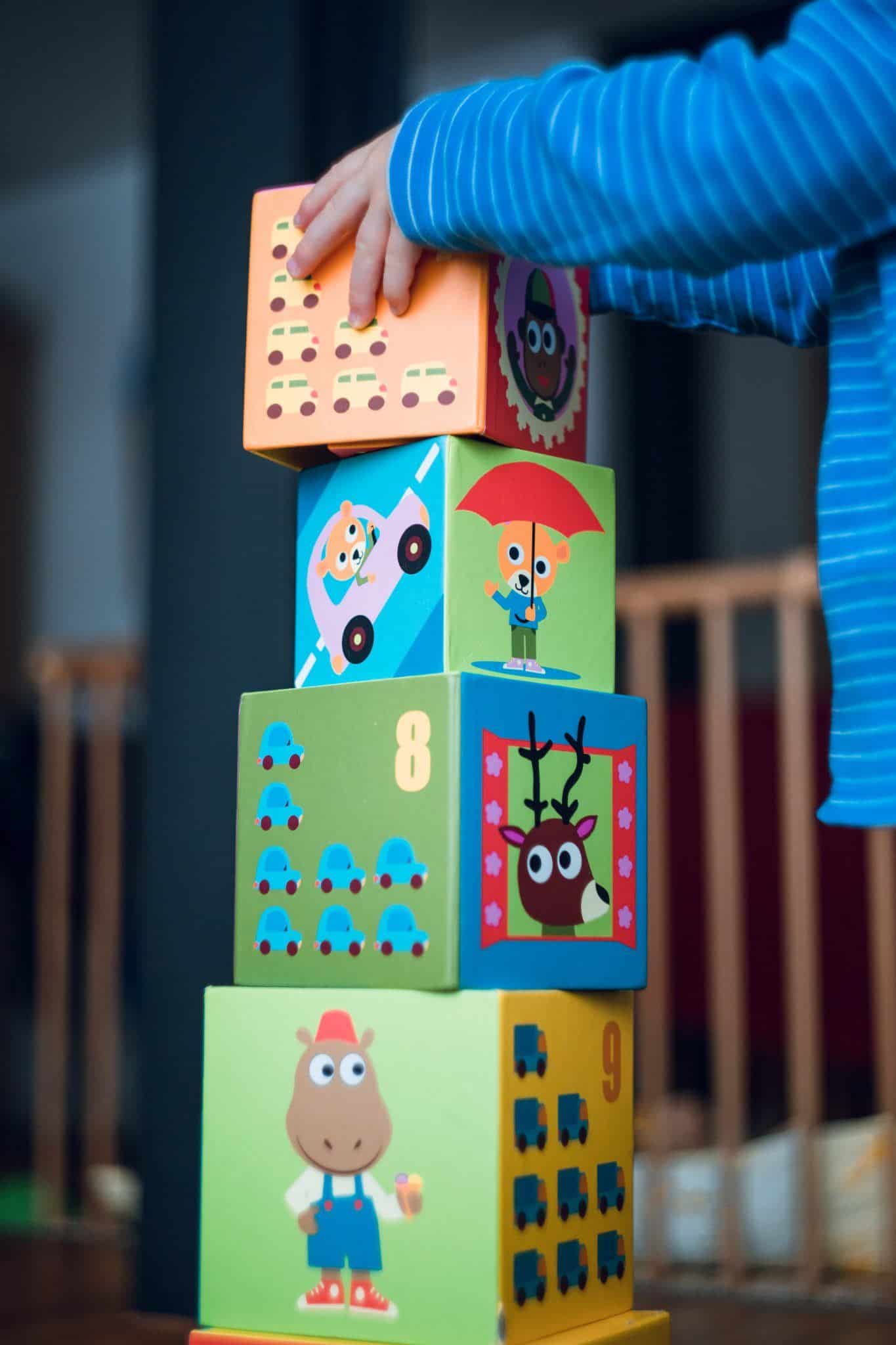Can your child give you COVID-19?
Primary schools are unlikely to be COVID-19 hotspots, but older children can spread the virus just as effectively as adults

One of the few silver linings of the pandemic has been the fact that children seem to fall ill with COVID-19 less frequently and less severely than adults. However, they can still transmit the virus, with age proving a key factor in how infectious they could be.
Age is key
Research has shown children under the age of 12 are less susceptible to a COVID-19 infection. Scientists remain puzzled as to why that may be. Some have suggested that younger children project less infectious aerosols than adults because they have smaller lungs. It is worth noting, however, that COVID-19 infections develop in the upper airway and spread from there, rather than the lungs.
Adolescents are at a higher risk of catching and spreading the disease. One possible reason could be that teenagers’ bodies develop more ACE2 receptors – the immune cells that the coronavirus binds to. Despite that, older children are no more likely to become unwell with COVID-19, unless they have pre-existing health conditions.

What about schools?
A huge part of the debate around children and COVID-19 has been centered around schools. Data from the UK has found that the number of schoolchildren in the country getting COVID-19 during the second wave of the pandemic – which coincided with the new academic term – has increased “significantly”. Children aged between 12 and 16 seemed to be particularly affected, while people living with a secondary-school-age children were 8% more likely to catch the coronavirus.
A rise in infections shouldn’t be that surprising. During the first wave of the pandemic, schools remained closed, except for children of key workers who were allowed to attend. This has made schoolchildren of all age groups less likely to become infected and be the ones who introduce the virus in their households. However, it has also meant that due to the mitigations, we have been less able to understand how transmission of COVID-19 in children works.
“Schools don’t function in isolation from the rest of society. The burden of preventing an outbreak there shouldn’t be placed entirely on students and their teachers.”
What has started to emerge so far is that young children transmit less, making primary schools a relatively safe environment, provided staff follow social distancing measures as well.
Secondary schools prove a bit trickier to navigate. This is partly because adolescents are much more likely to socialise with one another after school, increasing the risk of transmission. Mixing together on public transport on the way to school is another factor.
We shouldn’t forget that staff could also bring the virus into the classroom or to their colleagues, even if they are acting responsibly. According to the WHO, in school outbreaks, it was more likely that the virus was brought in by adult personnel, with transmission staff-to-staff most common.

Schools don’t function in isolation from the rest of society, however, and the burden of preventing an outbreak there shouldn’t be placed entirely on students and their teachers. Lower levels of transmission in the community remain key to schools being able to stay open safely. Good hygiene, social distancing and wearing a mask remain important not just in school environments, but across all sections of society if we want to ensure children have continued access to the education they need.
You can find out more about COVID-19 and schools here.